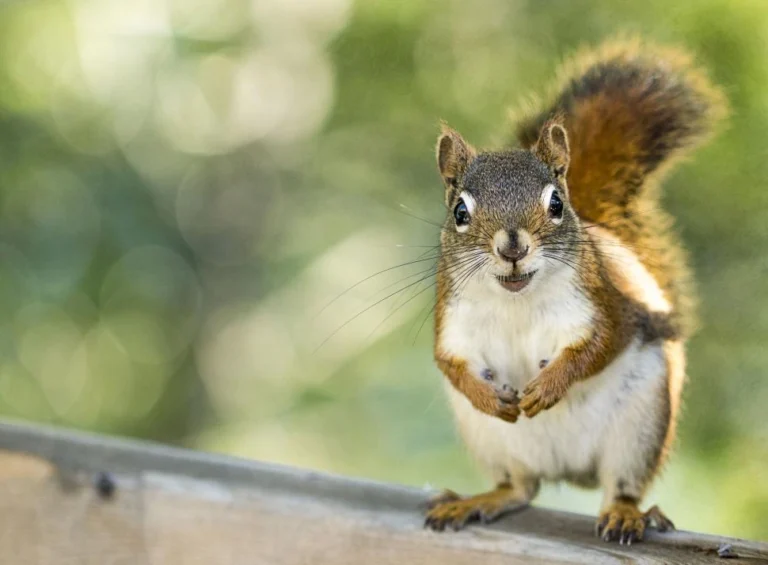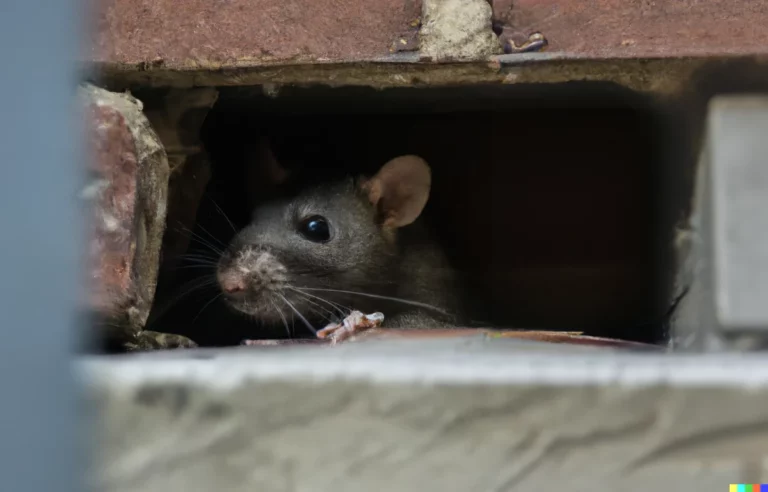Table of Contents
ToggleUnderstanding Vermin Infestations
“‘Vermin infestation’ means the presence of vermin within the food facility as evidenced by actual live bodies, fresh droppings or vomitus, urine stains, or gnaw marks, that could result in contamination to the food, equipment, packaging, or utensils.” – Section 113939.1 – “Vermin infestation” defined
People often categorize rodents, vermin, and pests together; however, not all manage them identically. Thus, we treat every rodent, vermin, and pest issue differently, depending on its nature. This discussion will elucidate the distinctions between vermin, rodents, and pests, and how these differences apply to you.
Defining Rodents
Representing nearly 40% of all mammal species, rodents form one of the most significant and successful mammalian order groups. Rodents, which belong to the order Rodentia, are characterized by their unique feature of having a single pair of constantly growing incisors in each jaw.
Examples of rodents include rats, mice, hamsters, squirrels, and porcupines, among others. Rabbits, hares, and pikas were once considered part of the rodent group. However, their additional set of incisors in the upper jaw led to their reclassification into a separate order called Lagomorpha.
Defining Vermin
Vermin are creatures that contribute to the spread of diseases, destruction of crops, or mortality of livestock within the context of human activities. The classification varies regionally and individually. Many find vermin to be a nuisance, or even revolting.
Vermin can include a range of creatures such as cockroaches, mice, rats, worms, fleas, coyotes, raccoons, opossums, and even wolves. While vermin can include insects and rodents, they maintain distinct species classifications within their categories.
Defining Pests
Pests refer to any harmful organism that affects humans, livestock, forestry, or crops. The term also applies to organisms considered a nuisance. Pests may sting, bite, or infest foods, fabric, and wood.
Humans can consider any unwanted invaders of their spaces as pests. Pests can include a variety of organisms. Some examples of pests are ants, fleas, ticks, mosquitoes, lice, bed bugs, spiders, moths, centipedes, silverfish, carpet bugs, dust mites, termites, carpenter ants, and beetles that bore into wood.
The Importance of these Definitions
When confronted with an issue related to animals or insects, the typical response is to reach out to a pest control company or exterminator. But how can you be certain that they specialize in managing your specific issue? Exterminators and pest control companies tailor their treatments to the specific creature at hand. This means that rodents, vermin, and pests, although often grouped together, are actually treated differently.
This means that your problem might not align with their expertise. Therefore, it is crucial to hire a specialist who is well-equipped to manage your issue. If you have a rodent problem, for instance, you need an expert in rodents, not one in ants and spiders.
Similarly, a termite issue requires someone knowledgeable about termites, not a general pest control professional. Identifying your problem – whether it’s rodents, pests, or vermin – assists in determining the professional service you’ll need for effective eradication.
In conclusion, although rodents, vermin, and pests might appear similar, they exhibit key differences. Understanding these differences is beneficial when dealing with such issues.




